Types of Pso
Types of Pso
Plaque Pso
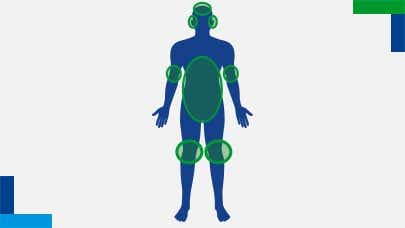
Areas affected

Plaque Pso
Guttate, or drop Pso
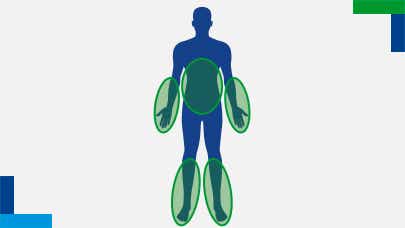
Areas affected
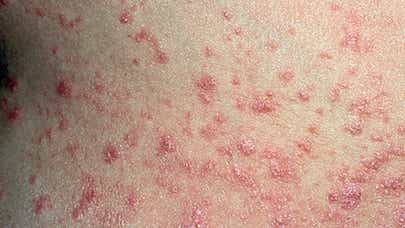
Guttate, or drop Pso
Inverse Pso
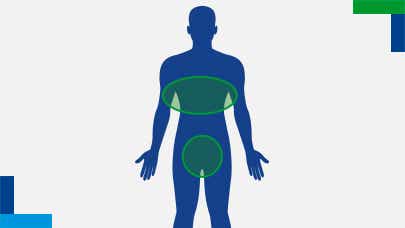
Areas affected
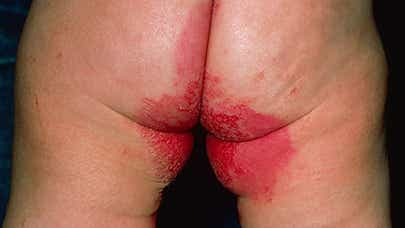
Inverse Pso
Erythrodermic Pso
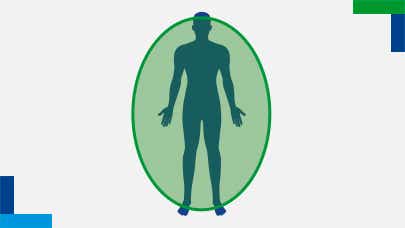
Areas affected
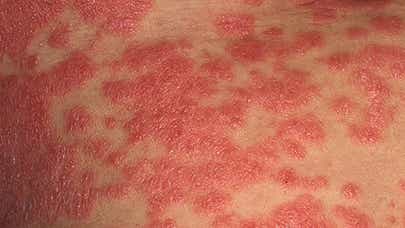
Erythrodermic Pso
Pustular Pso
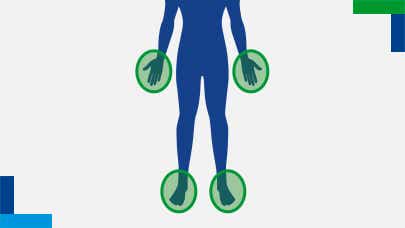
Areas affected

Pustular Pso
Nail Pso
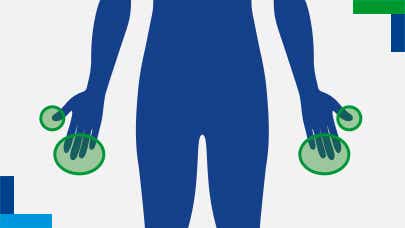
Areas affected
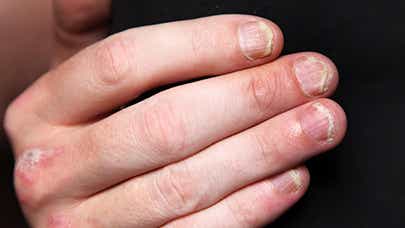
Nail Pso
Psoriatic arthritis can affect people with Pso
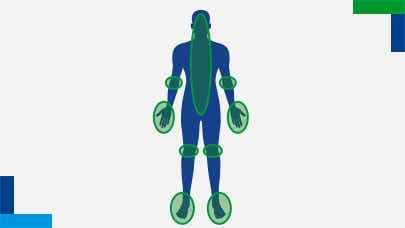
Areas affected
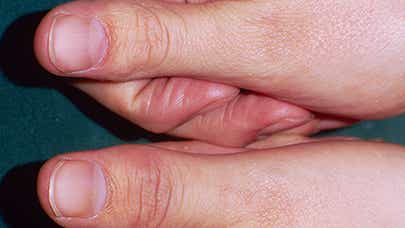
Psoriatic arthritis
Psoriatic arthritis, or PsA, is a type of arthritis that develops in about 30% of people with psoriasis.12 It may happen before or after you develop Pso, or at the same time13 –Joints may become stiff, swollen, tender and painful, limiting movement, and causing structural damage and deformed joints.14 If it isn’t treated early, PsA can cause permanent damage.14
Don’t ignore the signs:1415
- Pain or joint stiffness that’s worse in the morning and lasts for longer than 30-60 minutes
- Foot pain, especially at the back of the heel or sole of the foot
- 'Sausage-like' swollen fingers and toes
- Feeling unusually tired
- Changes to your nails
- Red, painful eyes - a bit like ‘pinkeye’
So, if you have Pso and your joints feel achy, be sure to speak to your healthcare professional.14 We’ve put together some tips of making the most of each appointment.
Want to find out more about PsA?
Explore a website dedicated to psoriatic arthritis, including information about treatments.You may be interested in

Get quick answers to the most common questions about psoriasis.

Make every moment of the consultation really count.

We have a few added extras for you to download.